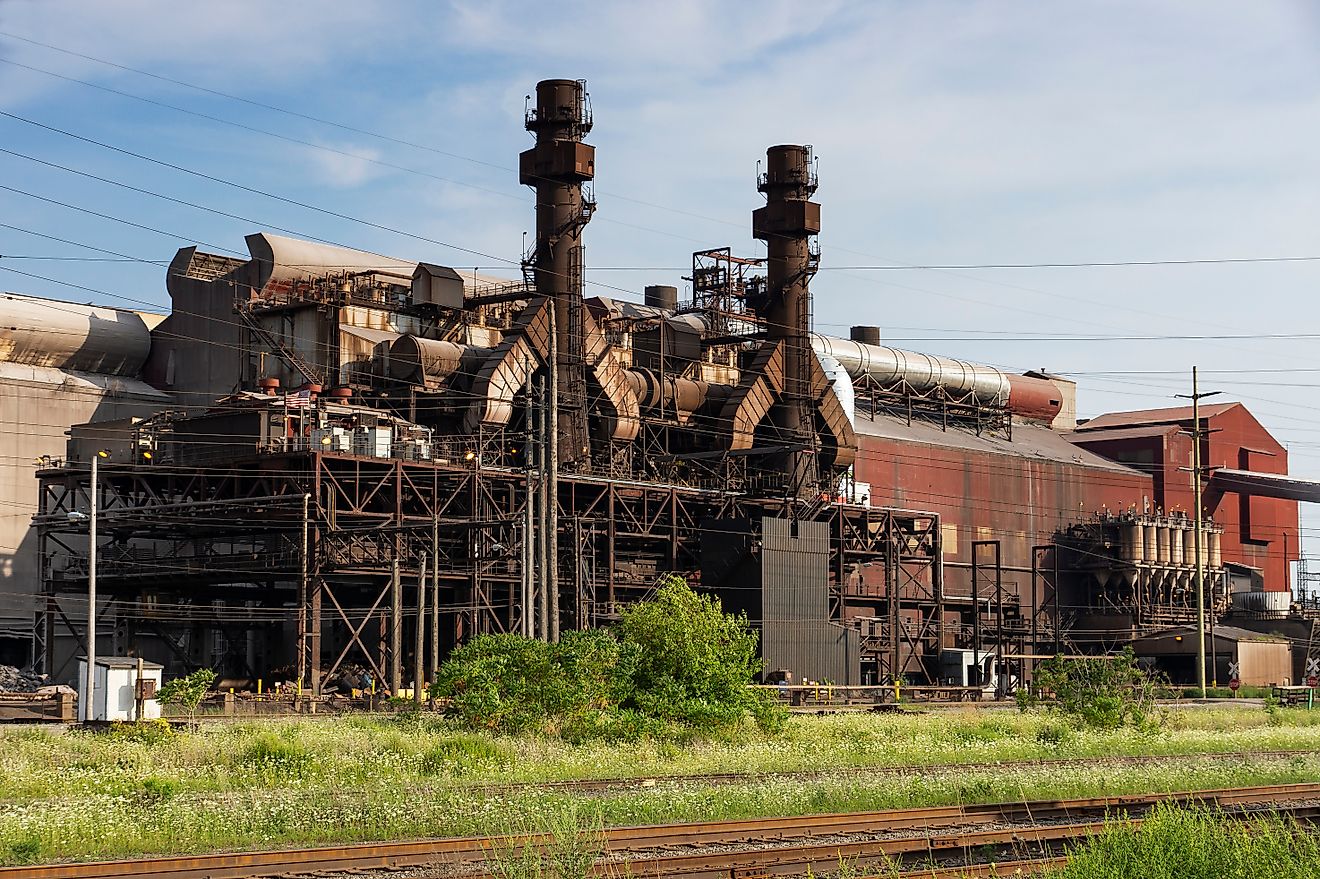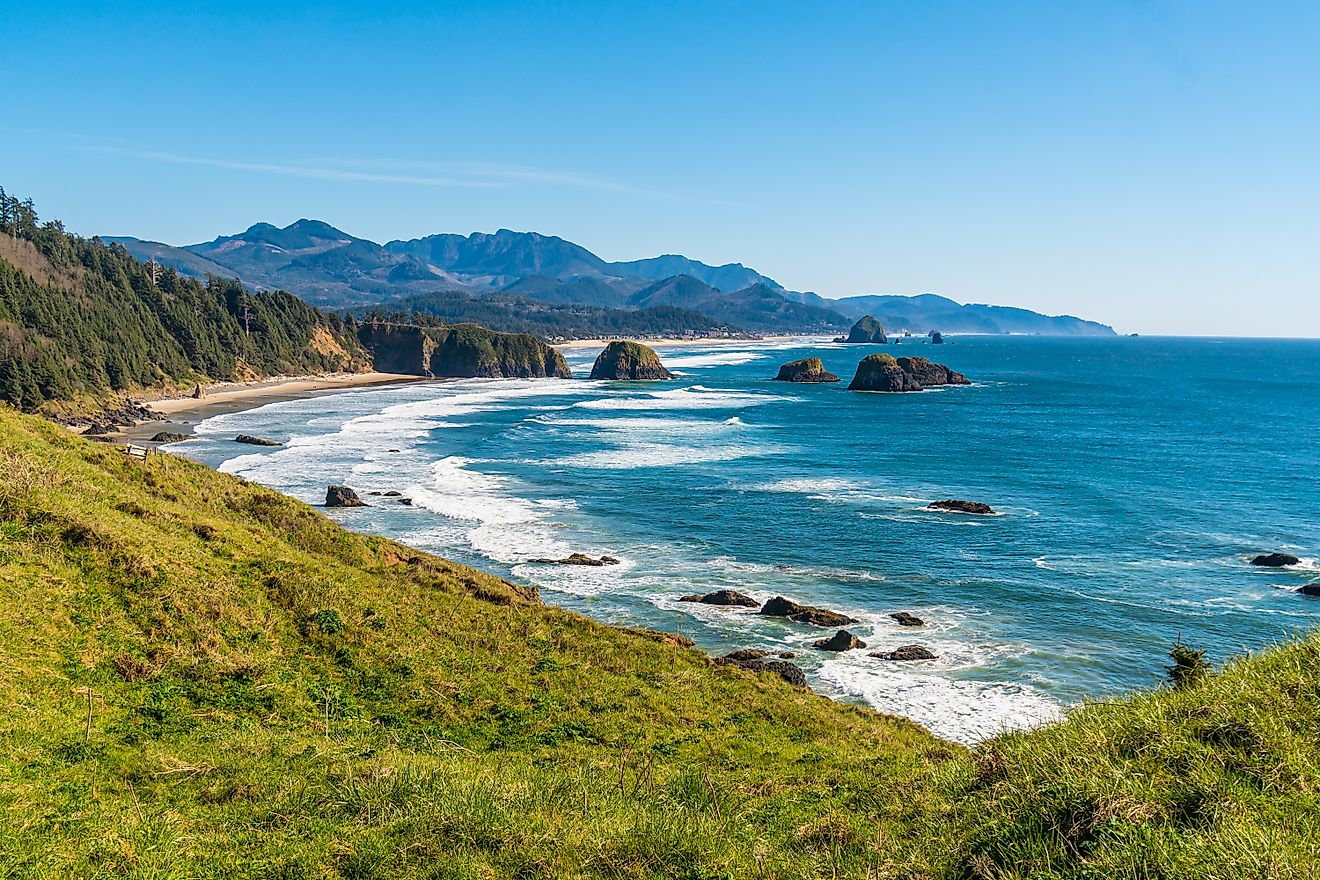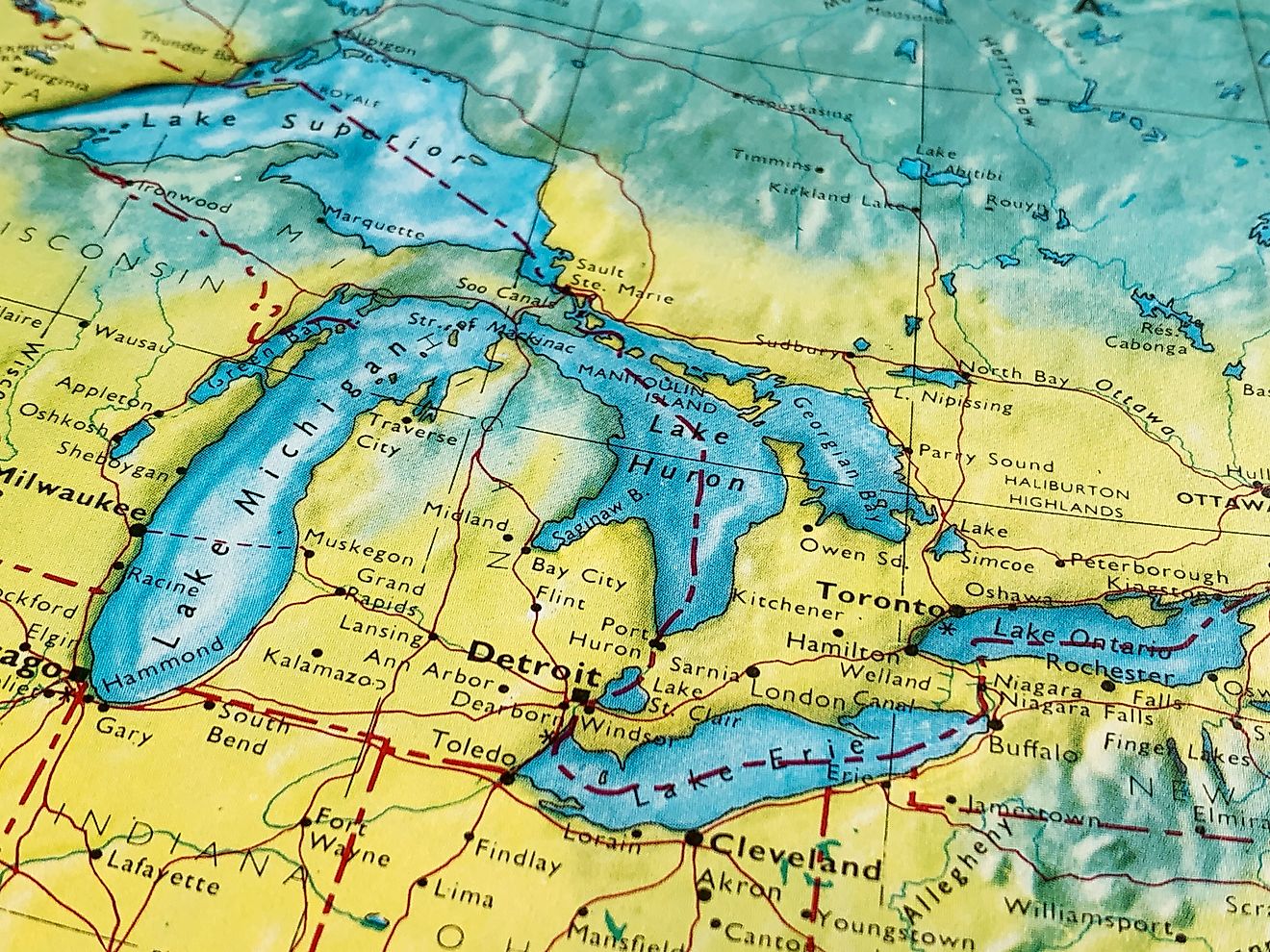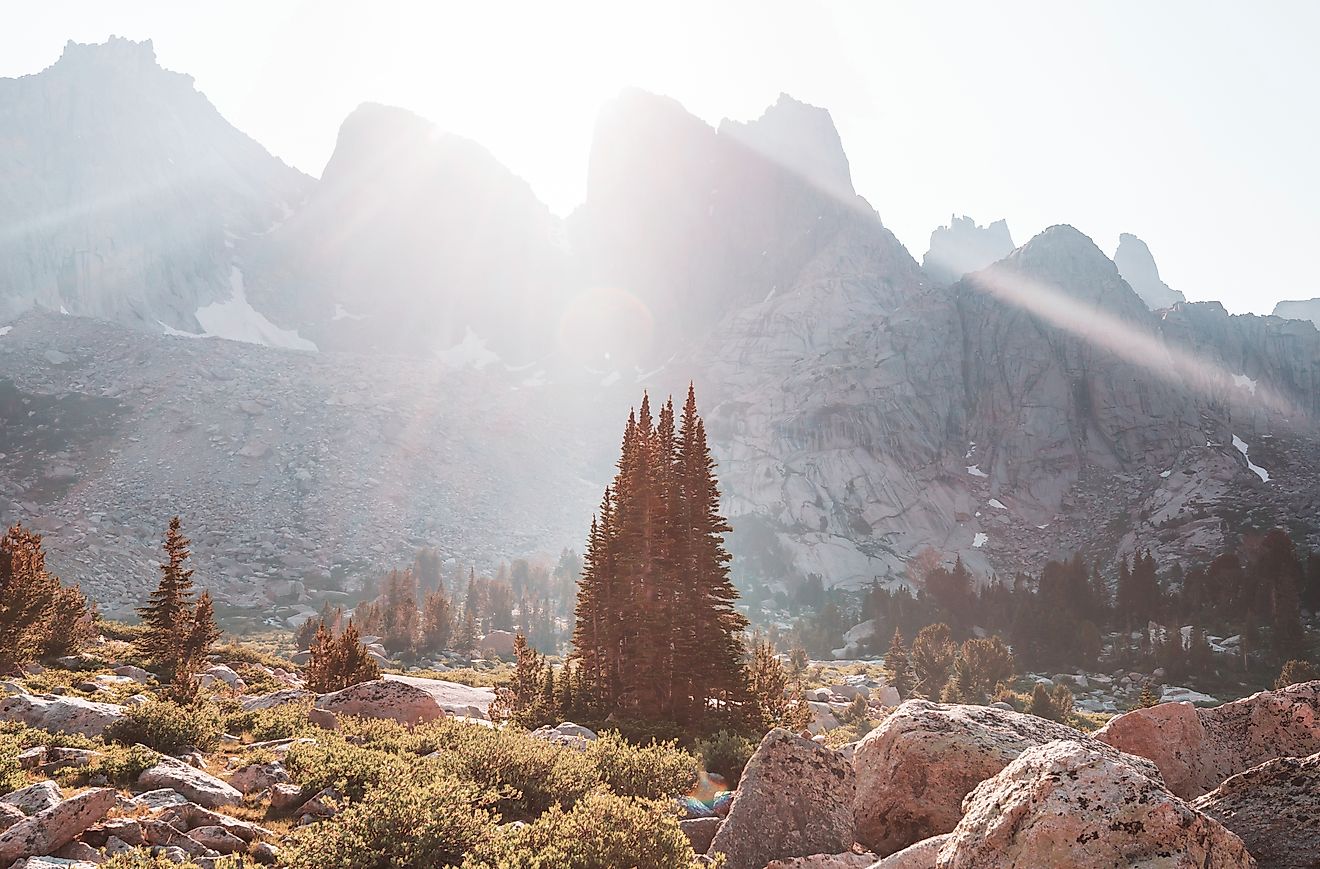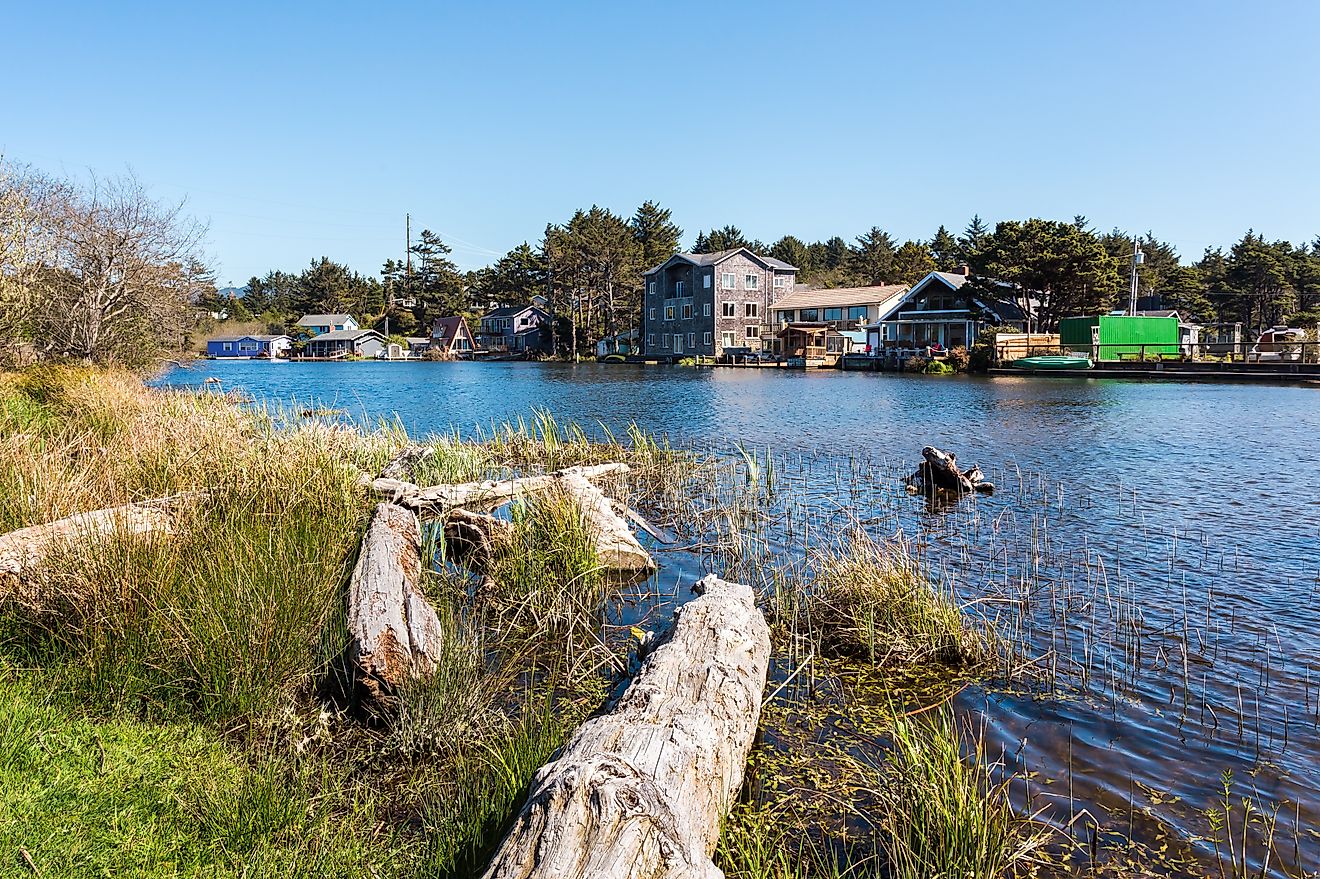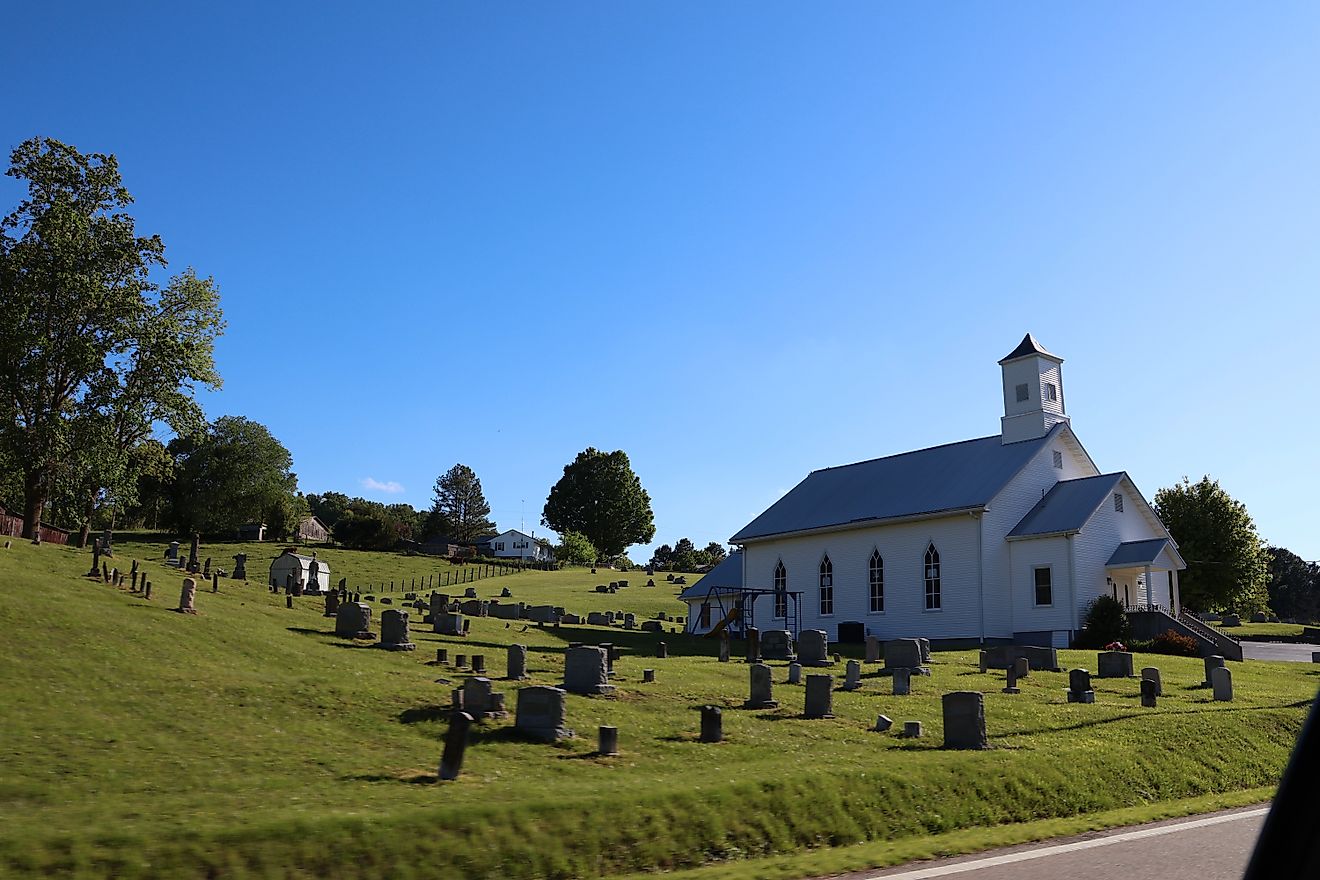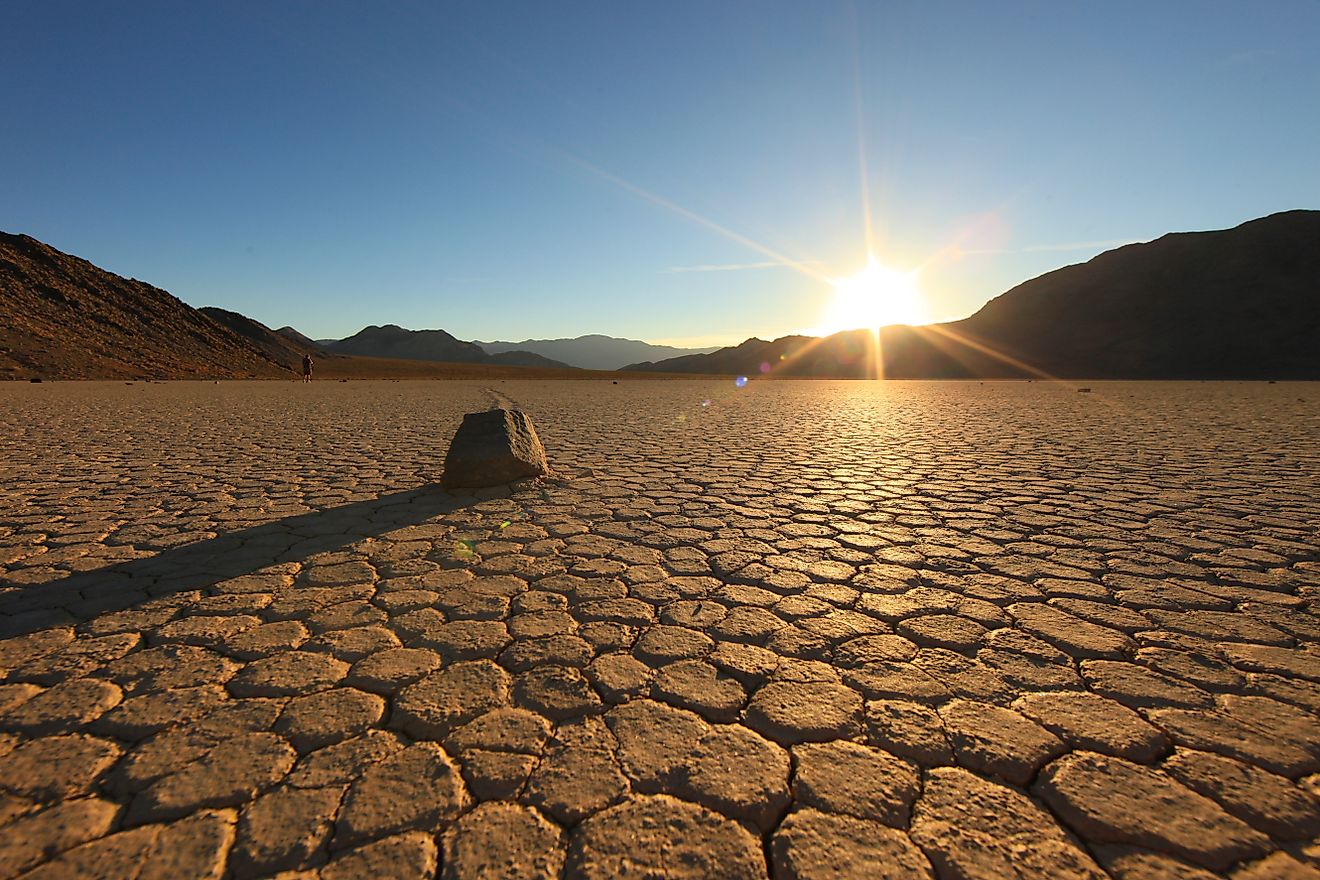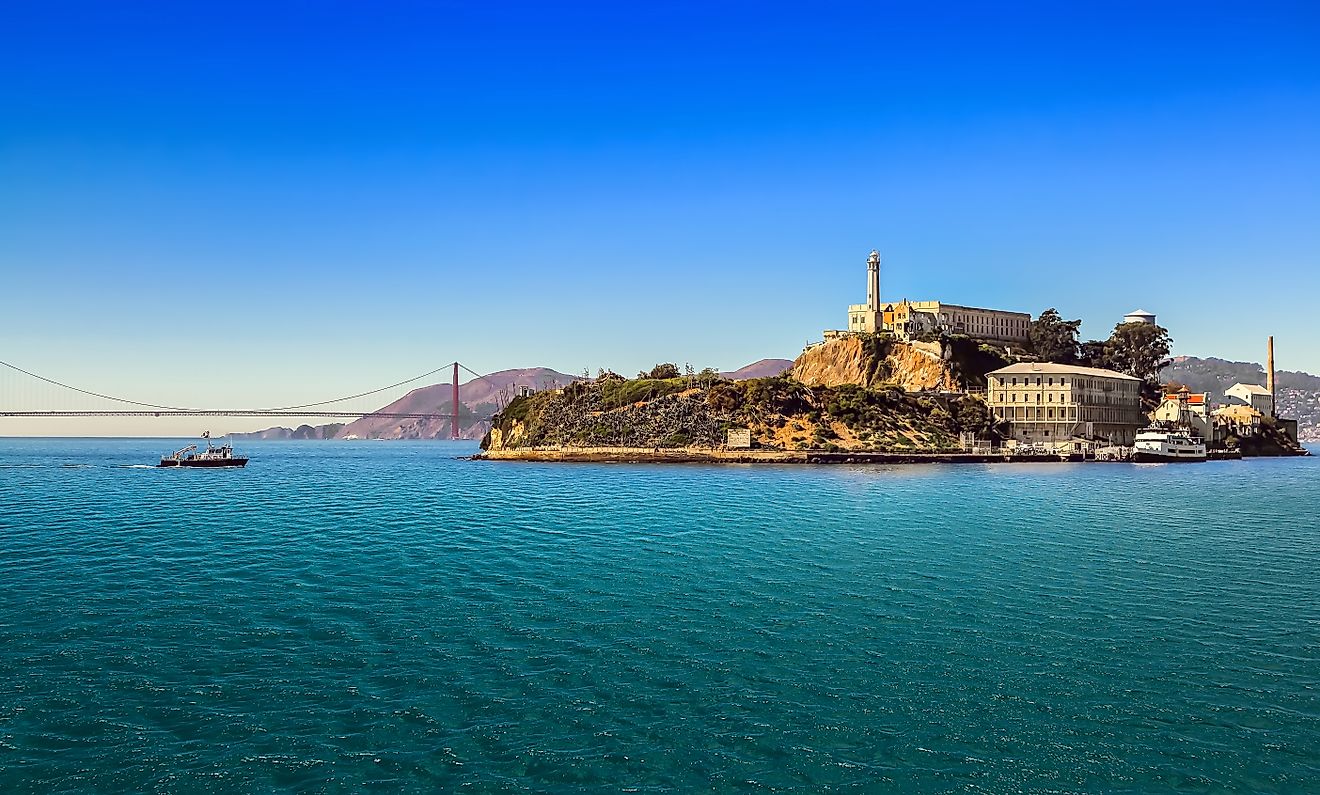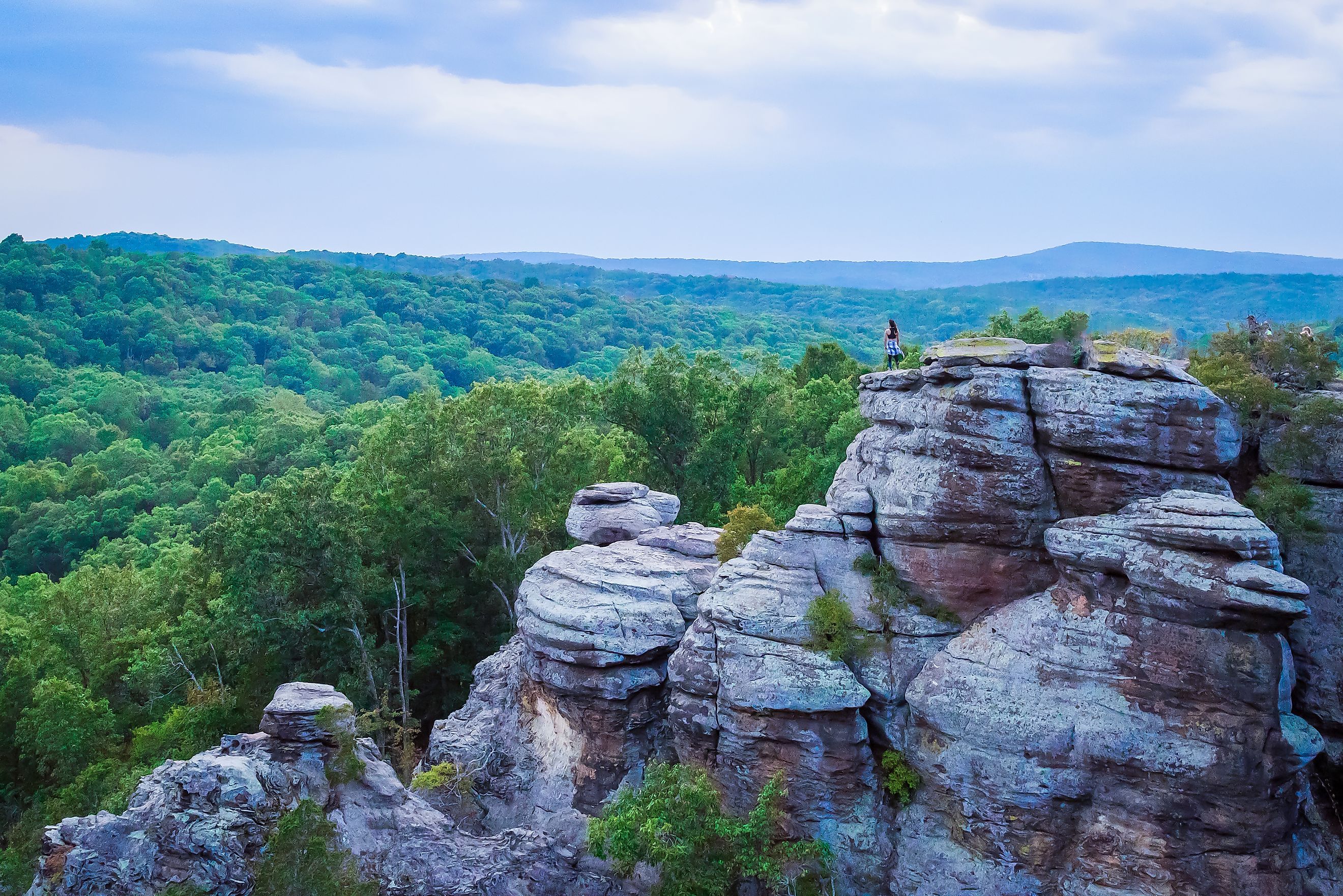
US States With No National Parks
National parks are among the most cherished landscapes in the country, yet nearly 20 states across the US have none. While some regions have become synonymous with towering peaks, geothermal geysers, or deep canyons, other states are still waiting for their turn to join the elite group of national park hosts.
The absence of a national park, however, does not mean a lack of natural beauty or outdoor opportunities. In many cases, these states rival their national park-rich neighbors with forests, coastlines, canyons, and preserved historical sites that deserve equal attention.
States Without a National Park

As of 2025, the following states do not have a designated national park:
-
Alabama
-
Connecticut
-
Delaware
-
Georgia
-
Illinois
-
Iowa
-
Kansas
-
Louisiana
-
Maryland
-
Massachusetts
-
Mississippi
-
Nebraska
-
New Hampshire
-
New Jersey
-
New York
-
Oklahoma
-
Pennsylvania
-
Rhode Island
-
Vermont
-
Wisconsin
Despite the lack of national parks, each of these states contains landscapes and attractions that highlight the rich diversity of America’s geography and history.
What These States Do Have: Natural Alternatives
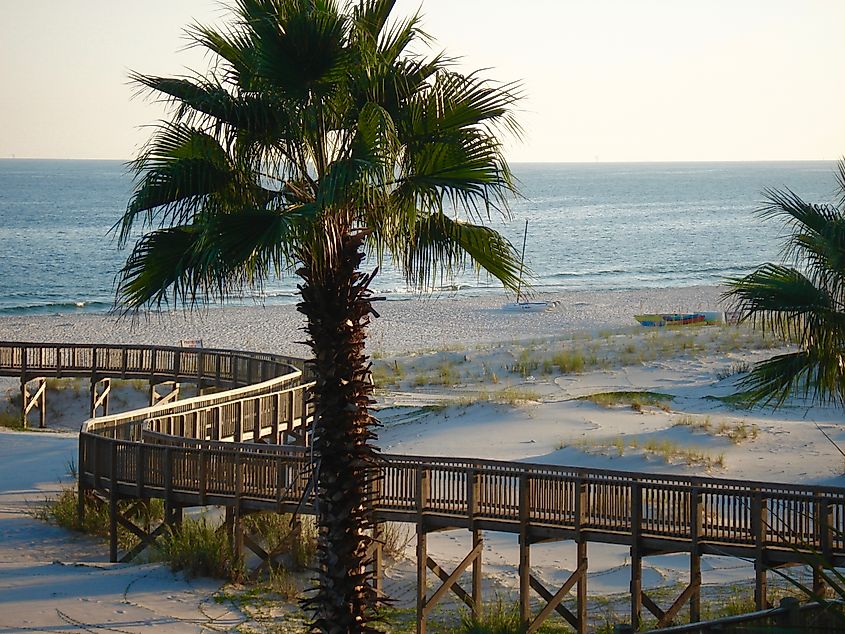
Alabama
Alabama offers the scenic Gulf Shores, Talladega National Forest, and Little River Canyon National Preserve. Each spot delivers outdoor adventure, from hiking to waterfall chasing.
Connecticut
Sleeping Giant State Park and Connecticut’s rolling hills and forested trails offer quiet and beauty without the crowds found in major parks.
Delaware
Delaware protects its marshlands through areas like Bombay Hook National Wildlife Refuge. It also features First State National Historical Park, commemorating colonial and constitutional history.
Georgia

Chattahoochee National Forest and the Okefenokee Swamp offer some of Georgia’s wildest scenery. Cumberland Island National Seashore, with its maritime forests and wild horses, is a protected coastal treasure.
Illinois
From the rugged terrain of Shawnee National Forest to the canyon walls of Starved Rock State Park, Illinois delivers Midwest charm and outdoor variety.
Iowa
Iowa’s Maquoketa Caves State Park and Effigy Mounds National Monument offer a glimpse into natural and Indigenous history in a prairie setting.
Kansas
Tallgrass Prairie National Preserve captures what was once a dominant North American ecosystem. The Flint Hills region is a rare remnant of untouched prairie.
Louisiana
Jean Lafitte National Historical Park and Preserve offers cultural insight and ecological access to Louisiana’s wetlands and bayous.
Maryland
Assateague Island National Seashore, famous for wild horses, and the C&O Canal National Historical Park provide scenic escapes along the Atlantic coast.
Massachusetts
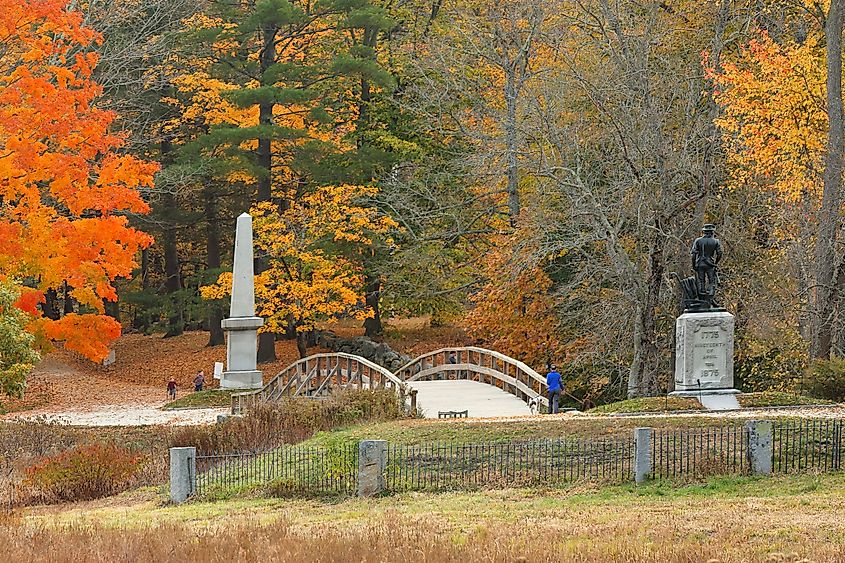
Cape Cod National Seashore attracts millions, with salt marshes, coastal trails, and historic lighthouses. Minute Man National Historical Park adds a Revolutionary War connection.
Mississippi
The Natchez Trace Parkway and Tishomingo State Park offer routes through deep forests and historic paths. Vicksburg National Military Park preserves Civil War history.
Nebraska
Nebraska’s Sandhills and the Niobrara National Scenic River highlight its ecological importance. Chimney Rock and Scotts Bluff deliver dramatic geological features.
New Hampshire
The White Mountains and Franconia Notch State Park offer high peaks and hiking opportunities. Though lacking a national park, New Hampshire remains a top outdoor destination.
New Jersey
Delaware Water Gap National Recreation Area and Gateway National Recreation Area are both federally protected. The Jersey Shore and Pine Barrens offer even more variety.
New York
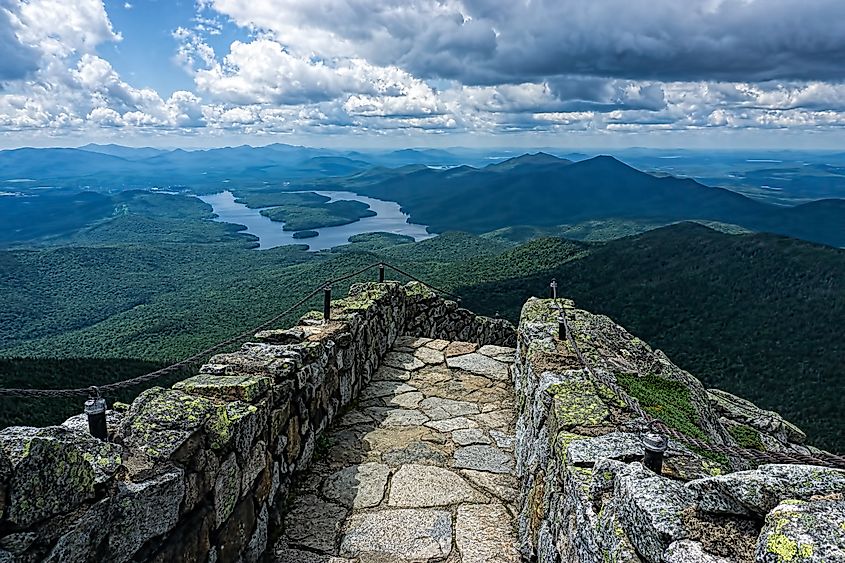
While New York has no official national park, Adirondack Park is larger than any national park in the lower 48. National monuments and historic sites are scattered throughout the state.
Oklahoma
The Wichita Mountains Wildlife Refuge and Chickasaw National Recreation Area are full of biodiversity. These areas provide opportunities for hiking, birding, and fishing.
Pennsylvania
With landmarks like Gettysburg and the Appalachian Trail, Pennsylvania's historic and natural offerings stand out. The Allegheny National Forest is an expansive outdoor playground.
Rhode Island
Rhode Island’s coastline, Block Island National Wildlife Refuge, and Roger Williams National Memorial offer both history and nature in a compact footprint.
Vermont
Vermont's Green Mountains, part of the Appalachian Trail, and the vast Green Mountain National Forest give visitors mountain landscapes in all seasons.
Wisconsin
Apostle Islands National Lakeshore on Lake Superior is known for kayaking and ice caves. Thousands of inland lakes and state parks provide endless outdoor possibilities.
Why These States Lack National Parks
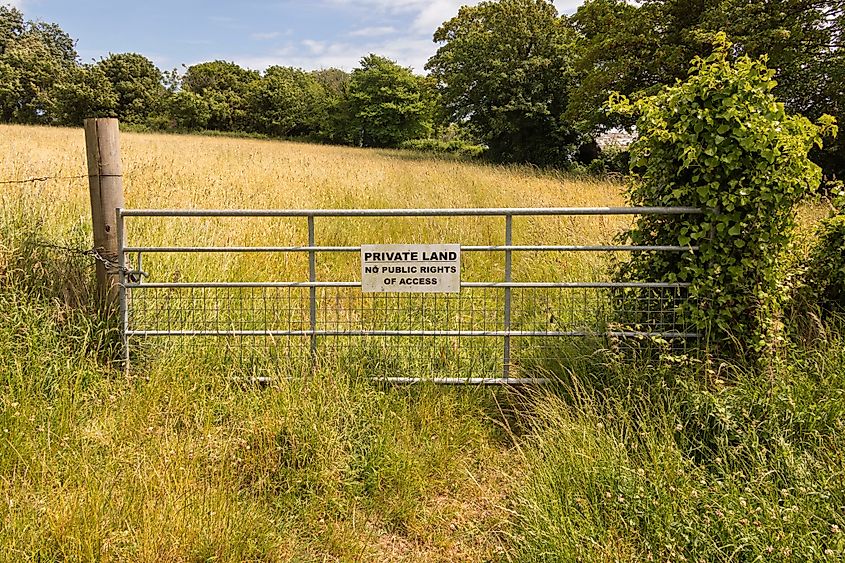
There are a few key reasons. One is land ownership. States in the East and Midwest tend to have more private land, making it harder to set aside large areas for federal parks. Another is historical development patterns. Much of the land that became national parks in the West was already publicly owned, simplifying the process.
In some cases, the absence is due to political or logistical hurdles, or simply a focus on state-managed parks. Many of these states have invested heavily in their own park systems, and in some instances, the need for a national designation has been seen as unnecessary.
Could These States Gain National Parks in the Future?

Yes. Several landscapes in these states have long been considered for national park status. The Okefenokee Swamp in Georgia, the Driftless Area in Wisconsin, and the Shawnee National Forest in Illinois are examples of places with potential.
Recent decades have seen growing interest in diversifying the national park system to better represent the full range of US geography. New parks may emerge in areas that have long been overlooked.
Beyond the Boundaries
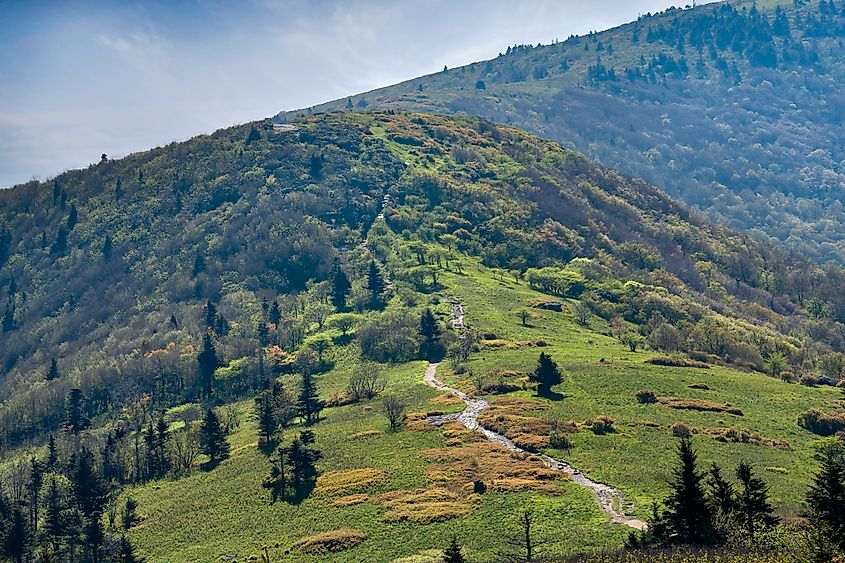
Even without national park status, these 20 states contribute richly to America’s outdoor heritage. From deep forests and historic trails to rolling prairies and protected coastlines, they offer experiences every bit as valuable as those in nationally designated parks. Whether through state parks, national seashores, or wildlife refuges, these states prove that natural beauty knows no borders—and that sometimes, the most surprising adventures are in the places you least expect.
